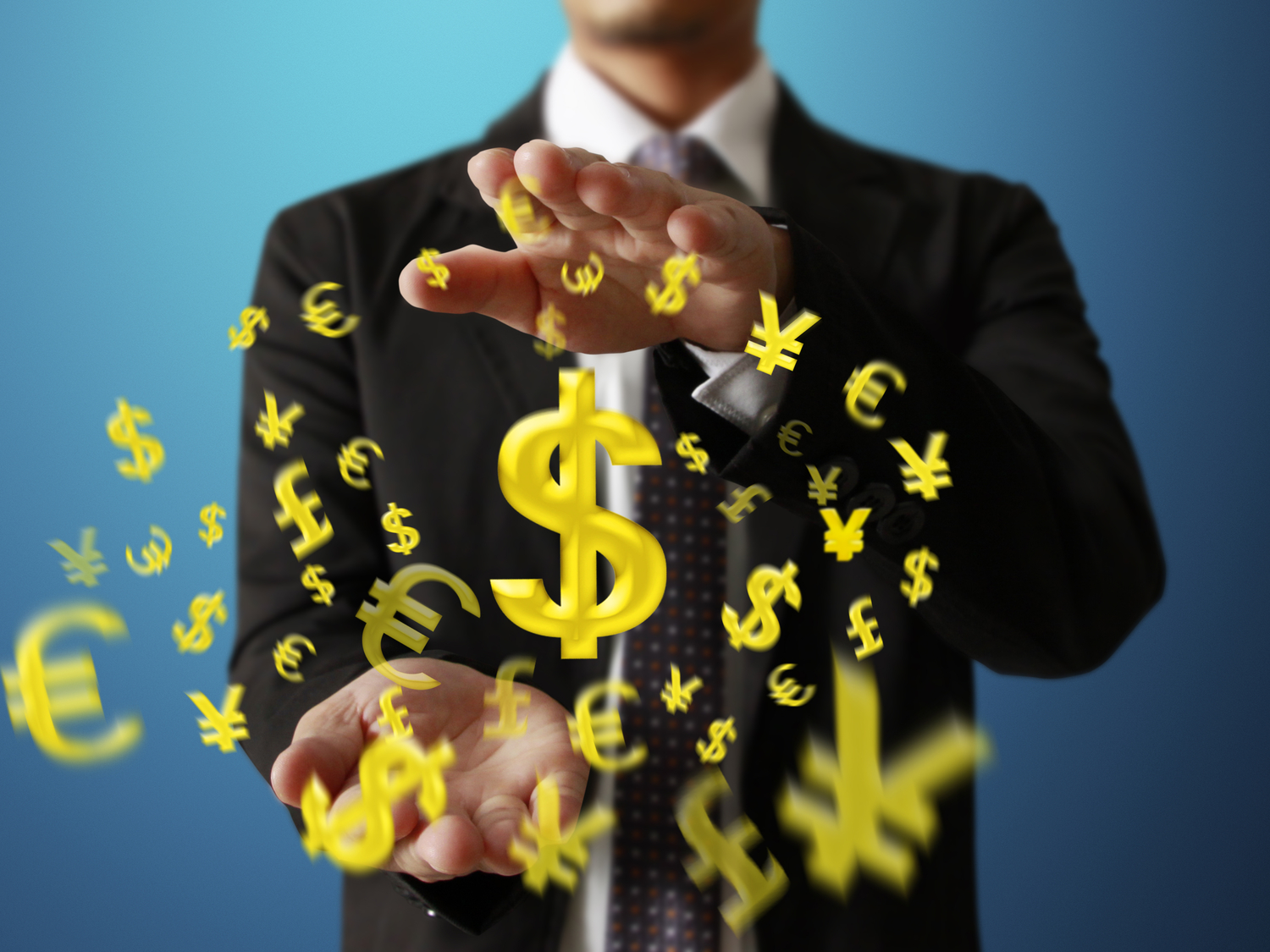An Overview Of Forex Trading
Foreign exchange trading is the world’s largest financial market. Even though its popularity has grown notably in the last few years, foreign exchange trading, or forex trading, remains very unfamiliar for many retail investors and buyers. Due to its rapid growth, the ever-changing forex trading market has made many buyers, traders, and interested parties curious about it. Many have also been keen to learn about risk management strategies in forex trading.

Why should you trade forex?
There are numerous reasons investors would possibly prefer to exchange currencies instead of making use of other opportunities:
- Accessibility : Foreign exchange trading takes place all over the world on many different exchanges; as a result, investors can trade for 24 hours a day all over the week.
- Liquidity : As there are many activities taking place, the global forex markets provide substantial liquidity to traders. While certain assets can be more difficult to buy and sell, investors inquisitive about currencies are likely to find significant opportunities.
- Leverage : Traders can potentially access far more leverage when buying and selling currencies than they could when trading other assets. While using leverage to make larger trades can increase returns, it may also make the scale of losses bigger.
- Global exposure : With foreign exchange trading, investors also get an opportunity to obtain exposure to worldwide economies.
- Low trading expenses : As there are many buyers and sellers, spreads are low and trading expenses are modest.
How often are trades made?
- Market situations dictate buying and selling activity on any given day.
- As a reference, the average small or medium trader would possibly engage in foreign exchange trading as often as 10 times a day.
- Most importantly, due to the fact that maximum foreign exchange agents do not charge commission, traders can take positions as often as necessary without having to worry about excessive transaction charges.
What kind of foreign exchange trading strategy should be used?
- Both technical factors and economic fundamentals are taken into consideration by the currency traders while making this decision.
- Technical traders make use of charts, trend lines, support, and resistance levels, and various patterns and mathematical analysis are also used in the identification of trading opportunities.
- Fundamentalists figure out the price movements by interpretation of a wide variety of economic information, which includes news, government-issued indicators and reports, and even rumors.
- The most dramatic price movements, however, arise when sudden events take place.
How should you manage risk?
- The limit order and the stop loss order are the most commonly used risk management tools in foreign exchange trading.
- While a limit order restricts the maximum price to be paid and the minimum price to be received, stop loss order automatically liquidates the predetermined price in order to minimize the potential losses that may occur when the market condition moves against the investor’s position.
- The liquidity of the forex market guarantees that limit orders and stop loss orders can be easily executed.
Which currencies are traded in the forex market?
Even though there are some retail dealers who exchange exotic currencies such as the Thai Baht or the Czech Koruna, many of them exchange the seven most liquid forex pairs in the world, out of which the four majors are as follows:
- EUR/USD (euro/dollar)
- USD/JPY (dollar/Japanese yen)
- GBP/USD (British pound/dollar)
- USD/CHF (dollar/Swiss franc)
Also, the three commodity pairs are these:
- AUD/USD (Australian dollar/dollar)
- USD/CAD (dollar/Canadian dollar)
- NZD/USD (New Zealand dollar/dollar)
What do you mean by PIP?
- PIP stands for Percentage In Point, which is the smallest increment or a change in price that may occur in exchange.
- In this market, the prices are typically presented to the fourth decimal place, that is, (1/100th of 1%), and the PIP is exactly equal to that. For example, the price of a bottle of shampoo would be $3.50, and in the FX market, its price would be $3.5000.
Does forex trade take place in pairs like in other markets?
Yes, in forex trade, all the currencies are always exchanged in pairs:
- Knowing this, investors always realize that they can have a “greater” of one currency and “less” of the other.
- As an instance, when trading takes place between Europe and US (EUR/USD), there is an exchange of euros and dollars, which would mean that the investor has “less” euros and “more” dollars.
- In spite of the fact that there is no physical interchange in FX trading, the principle and outcomes are very similar to the real.




